A reliable, affordable supply of clean electricity will be the powerhouse that drives Canada’s economy forward over the next several decades. As more everyday energy uses begin to be powered efficiently by electricity instead of fossil fuels, we urgently need our electricity production and supply to be as low-carbon as possible. Our research provides evidence-based policy solutions that support modernizing our grid.
Electricity
Clean electricity is the backbone of a modern, competitive economy.
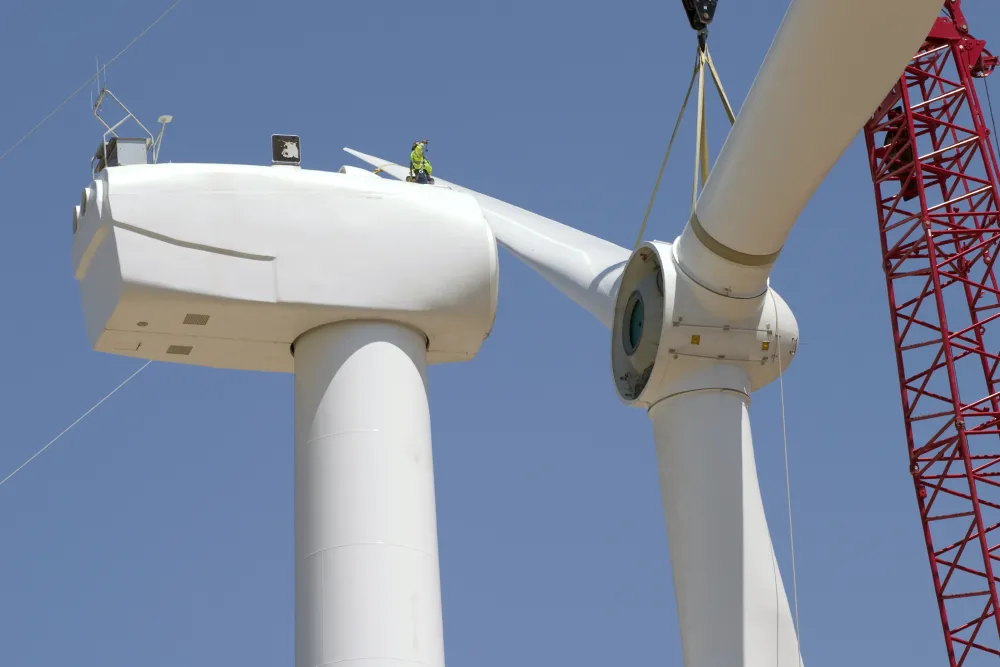
The world is leaping into clean energy
Around the world, wind and solar electricity has grown exponentially over the last two decades. A global commitment by 100+ governments is set to triple renewable energy by 2030. (Data source: Nat Bullard)
Key numbers
reduction in electricity sector emissions if Canada phases out coal (from 2005 levels).
the amount Albertans could save every year if the province continues to decarbonize its grid.
total electricity generated by wind and solar across Canada in 2023 shows ample room for growth.
I'll Have What They're Having
Our report explores six jurisdictions with high levels of renewable energy integration, demonstrating how renewables can contribute to a modern grid. Our analysis uncovers several key findings that could help advance wind and solar deployment across Canada and shows that we can have it all: clean, affordable and reliable power.
Read the reportResearch & Analysis
New major projects have potential to be “climate competitive”
Federal policy consistency key to achieving economic, climate goals
Budget 2025 sets stage for climate-competitive Canada
Actions that grow and support clean sectors most likely to result in lasting economic, security, climate and affordability benefits
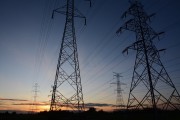
For Canada to be ‘climate competitive’ we need to stay the course on key industrial policies
Pembina Institute testimony to the House Environment and Sustainable Development Committee
Why we work on electricity
A carbon-free economy has the power to create change.
Canada has committed to making its electricity grid net-zero by 2035. Achieving this will significantly reduce the carbon footprint of all Canadians. Every time a light is turned on, or an electric vehicle is charged, it will be done without emissions—we believe this is a future worth working towards.
Getting to a net-zero future takes time, resources, knowledge and collaboration. Our Electricity program helps governments, industry and communities take action to decarbonize Canada’s electricity supply.
How do we do this?
We engage with federal and provincial governments, electricity system operators, utilities, and other industry groups to reimagine the generation, supply and regulation of electricity in Canada.

We focus on clean, reliable and affordable electricity
The shift to a net-zero grid requires modernizing the way electricity is generated, transmitted and used. By reaching net-zero, Canada will:
- drastically reduce emissions
- improve reliability and affordability of its electricity systems
- boost resilience of the grid to extreme weather event

We support the design of Clean Electricity Regulations
Clean Electricity Regulations are an effort by the federal government to reduce emissions and increase affordable, reliable electricity. It ensures Canada can continue to attract investments and remain competitive in the low-carbon economy.
Our work with the Clean Electricity Regulations has encouraged flexible mechanisms and technology-neutral approaches. This allows each province to identify systems that are responsive to their unique challenges and advantages.
Allowing provinces to chart their own path to a net-zero grid is an important feature of the Clean Electricity Regulations. However, substantial reform within provinces and territories is required and industry also needs to make investment plans that align with Canada’s clean electricity trajectory.
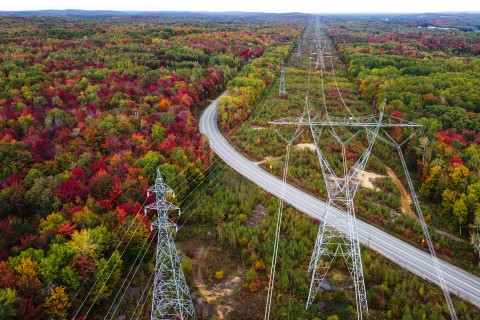
We advocate for the phase-out of coal in Canada
Generating electricity with coal has negative effects on our climate and air quality. Thankfully, given the availability of lower-cost, lower-carbon options, Canada’s grid no longer needs coal power. And Canadian electric utilities are making progress towards reducing reliance on coal.
Our work has seen a rapid acceleration in the phase-out of coal across Canada. For example, Alberta switched off its last operational coal-fired plant in 2024, decades ahead of its original 2061 target date. This is a positive example of how well-designed policies and strategic regulations can propel a province towards change.
Outside of Alberta, there is still work to be done. To push coal-reliant provinces towards phaseout, our work continues to advise on low- and non-emitting sources of electricity. This is key for Canada to continue to make strides towards net-zero.
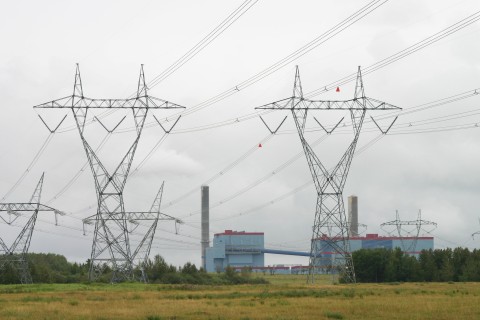
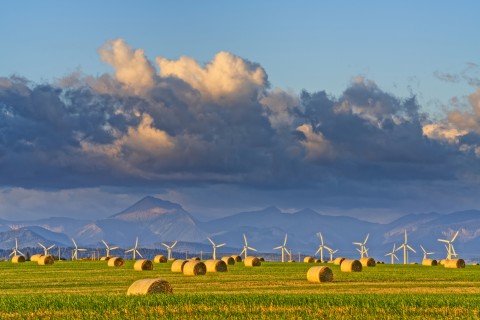

Business Renewables Centre-Canada
What is one of the best ways for Canada to meet its climate goals? Corporate action. This nonprofit initiative shortens the learning curve for corporations and institutions wanting to purchase renewable energy.

Contact our Electricity team

Program Director
Scott MacDougall
c: 587-229-7709
e: scottm@pembina.org
Media Contact
Alex Burton (Mountain Time)
c: 825-994-2558
e: alexb@pembina.org
Get our Pembina Perspectives
Pembina Perspectives provides thoughtful, evidence-based research and analysis to support action on climate — in your inbox every two weeks.
We endeavour to protect your confidentiality; read our full privacy policy.

Support clean energy communities
Help Canada transition to clean, reliable and affordable energy sources.















